#african american artists
Text
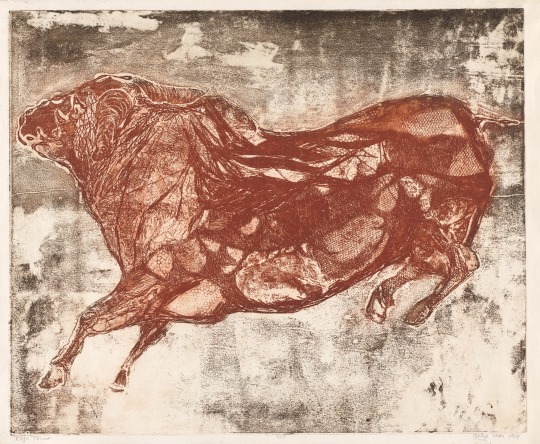
Betye Saar, Rojo Toro, 1964
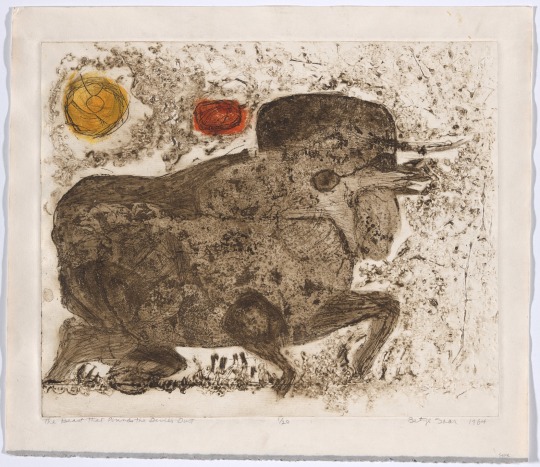
Betye Saar, The Beast that Pounds the Devil's Dust, 1964
#betye saar#modern art#american art#contemporary art#black artist#african american artists#african american art history#african american art#american painting#american painter#red bull#fantastic beasts#the devil#saar#animals#animals in art#animal art#petroglyphs
2K notes
·
View notes
Text

Norman Lewis, Echoes, 1950
ink on paper, 19″ x 24 1/8”. MunsonWilliamsProctor Arts Institute Museum of Art, Utica, New York © Estate of Norman W. Lewis; Courtesy of Michael Rosenfeld Gallery LLC, New York, NY
279 notes
·
View notes
Photo


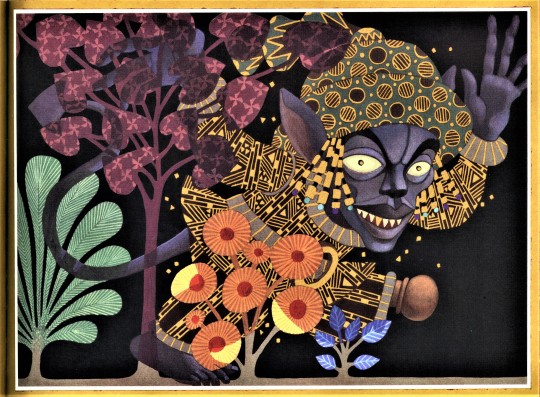

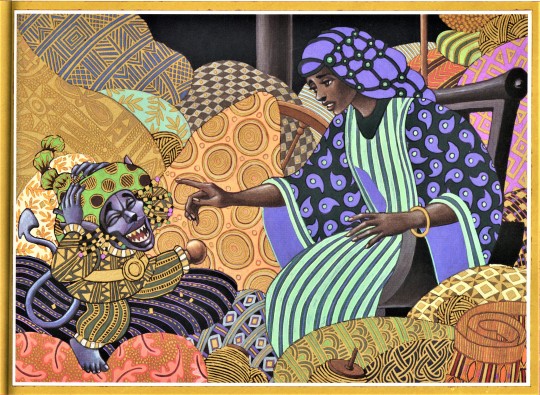


Staff Pick of the Week
My name is Elizabeth Voorhorst, and I am a new writing intern for Special Collections this semester. It is a pleasure to share this space, as I am excited to delve into the vast sea of books that Special Collections makes a home for.
I am an English major, with a focus on creative writing. Because of this, my time spent in Special Collections will be focused predominantly on fairy tales and folklore, perhaps dipping into mythology when curiosity and inspiration strikes hardest.
For this week, I wanted to focus on black creators and their works for Black History Month. Because my pride and passion is folklore and fairy tales, I thought it would be fun to take a look at what we have in our collection and share it with you!
Retellings are always enjoyable, as you get to see the way writers recreate and offer their own flare and heritage to the story. One such story is The Girl Who Spun Gold, a retelling of the German classic fairy tale Rumpelstiltskin. This retelling was written by Virginia Hamilton (1932-2002) and illustrated by Leo Dillon (1933-2012) and Diane Dillon (1933- ).The book was published 1n 2000 by Blue Sky Press, an imprint of Scholastic Inc.
The story is about a West Indian girl named Quashiba, whose mother lies to Big King that she is able to spin golden thread. The King takes Quashiba as his queen, expecting her to fill whole rooms with golden fabrics and finery, which of course she would be unable to do. However, she meets a creature who offers to help, but demands that in three days she must guess his name correctly or be bound to him forever.
Quashiba is now able to fulfill the King’s continuous demands, but is unable to guess the name of her helper, until the King reveals to her that he ran across a strange creature in the woods who was dancing and singing a song that included his name, Lit’mahn Bittyun. So, on the final night, after the room is filled with fabrics and wondrous goods, Quashiba plays dumb for the first two guesses, and on the last guess she gives him his full name and he explodes into a confetti of golden specks. The King repents his greed, but only after three years and a day does Quashiba reconcile with him.
The absolutely stunning illustrations for The Girl Who Spun Gold were made using a four-color process with gold as a fifth color. The Dillons comment on the painting process, stating:
Knowing the difficulty of painting with metallic paint as well as the difficulty of reproducing gold, we still chose to use it, for the story itself revolved around the concept of gold. The art was done with acrylic paint on acetate, over-painted with gold paint. The gold borders were created using gold leaf.
The book was printed on one-hundred-pound Nymolla Matte paper, and each illustration was spot-varnished. Color separations were made by Digicon Imaging Inc., Buffalo, New York, and the book was printed and bound by Tien Wah Press, Singapore, with production supervision by Angela Biola and Alison Forner. Along with Leo & Diane Dillon, the book was also designed with help from Kathleen Westray.
View more work by African American artists.
View more posts concerning African Americans.
View more Staff Picks.
- Elizabeth V., Special Collections Undergraduate Writing Intern
#Staff Pick of the Week#black history month#virginia hamilton#fairy tales#Leo Dillon#Diane Dillon#the girl who spun gold#rumplestiltskin#folk tale#black writers#African American writers#African American artists#scholastic#black artists#Blue Sky Press#children's books#Historical Curriculum Collection#illustrated books#Elizabeth V.
216 notes
·
View notes
Text

Lava Bracelet, 1946 | Art Smith
#jewelry#modernist jewelry#art smith#art#silver jewelry#bracelet#african american artists#modernist art
73 notes
·
View notes
Text


Kadir Nelson, Heat Wave, 2019.
245 notes
·
View notes
Text
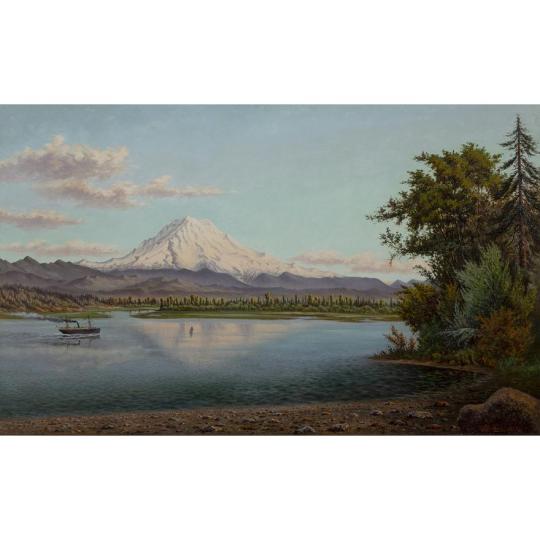
View of Mount Tahoma, later named Mount Rainier--oil on canvas
painting by African American landscape artist Grafton Tyler Brown,
who painted landscapes in California, Oregon, Washington, and British Columbia
#black history month#black painters#african american artists#mount tahoma#mount rainier#landscape painting
2 notes
·
View notes
Photo

“Many Mansions” (1994), Kerry James Marshall
Kerry James Marshall's paintings are emotional, bursting with everyday life in riotous colors and love. Even the most staid museum visitors have been seen to kiss in front of them!
Not all his works are of happiness, though — there are funerals, killers, lost boys, anger and grief — but always depicted in bright, bold colors and powerful shapes…and always filled with vibrant spirit!
#art#I love art#artists on tumblr#Tumblr art blogs#follow art#Kerry James Marshall#modern art#contemporary art#african american artists#African American Art#american artists#color#painting
24 notes
·
View notes
Text

Ernie Barnes
15 notes
·
View notes
Text


Latoya Hobbs
Born and raised in Little Rock, Arkansas, LaToya Hobbs is an artist best known for her large-scale portraits. She enrolled in the University of Arkansas to study biology until she realized that art was her true passion. After earning her BA in painting in 2009, she went on to pursue an MFA in printmaking from Purdue University in 2013. She currently works as a professor at the Maryland Institute College of Art.
Hobb’s works highlight the ideas of black beauty and cultural identity that center around being a woman. By combining different mediums in a single piece, she produces works that are “marked by texture, color, and bold patterns.” She has earned many prestigious awards, including the 2020 Janet & Walter Sondheim Artscape Prize in Baltimore, the 2020 Artist in Residence at Joan Mitchell Center in New Orleans, and the 2019 Artist Travel Grant from the Municipal Art Society of Baltimore. Her works are part of private and public collections, including the Mosaic Templars Cultural Center, the National Art Gallery of Namibia, the Getty Research Institute, and the Milwaukee Art Museum.
Featured Works: LaToya Hobbs, “Chelsea,” woodcut on paper, 2012, 49 x 33 ½ in. & LaToya Hobbs, “Angelica,” woodcut on paper, 2012, 49 x 33 ½ in.
#LaToya Hobbs#PFF Collection#Art History#Black Art History#portrait#American Art#African American Artists#Black Art In America#Modern Art#Women In The Arts#Contemporary Art#black is beautiful#woodcut#printmaking#women in printmaking#wood cut portrait#baltimore#baltimor eartists#fine art prints
10 notes
·
View notes
Photo



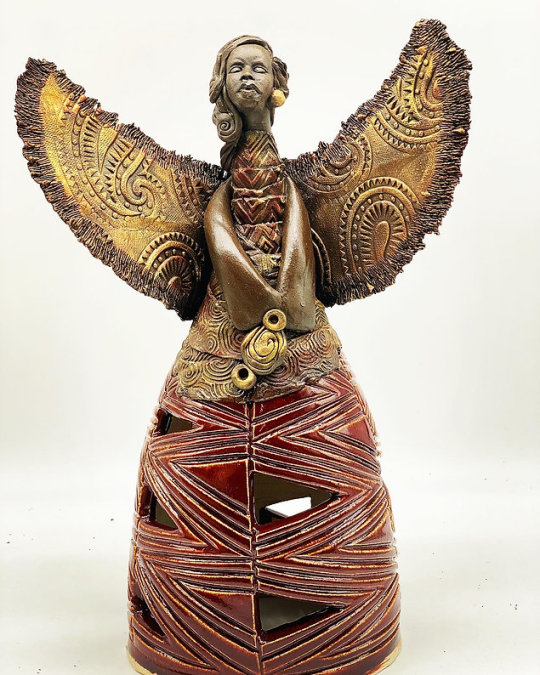

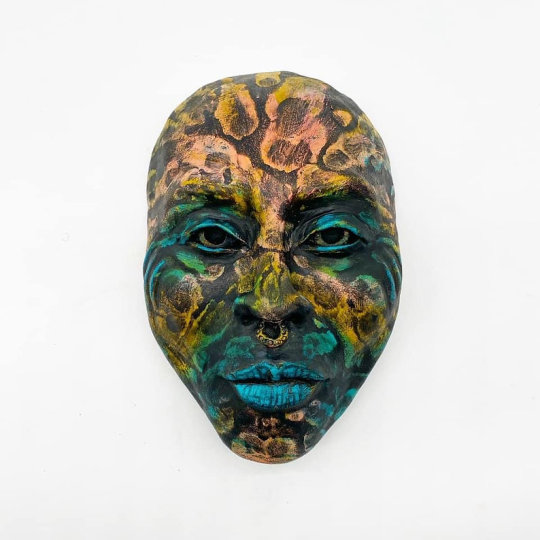
by Carren Clark
(shop)
#African American artists#Colorado Artist#black sculptor#black woman sculptor#Carren Clark#Carren Clark sculptor#Carren Clark instagram#African vases#African masks#African American masks#vessel sculptures#vessels#sculptures#sculptor#black sculptors#black art#African art
23 notes
·
View notes
Photo
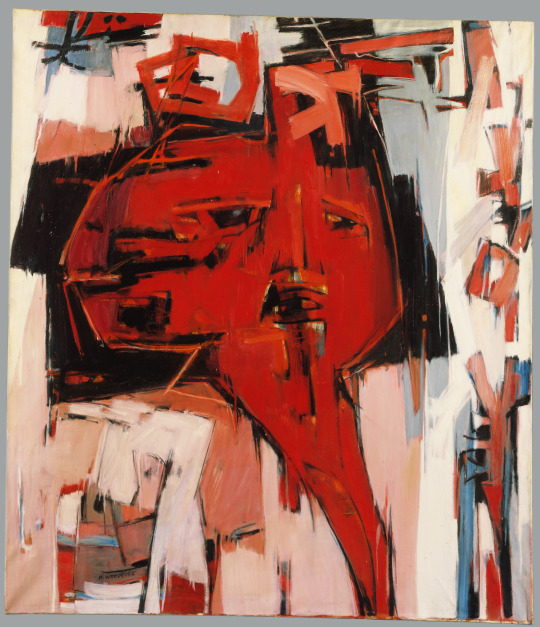
Ancestral Memory
Hale Woodruff (American; 1900–1980)
mid-20th century
Oil on canvas
Detroit Institute of Arts, Detroit, Michigan
#Hale Woodruff#Woodruff#ancestors#memory#1950s#1950s art#1950s painting#1950s American art#mid-century modern#African American art#African American artists#African American painters#African American paintings#American art#American artists#American paintings#abstract art#abstraction
32 notes
·
View notes
Text
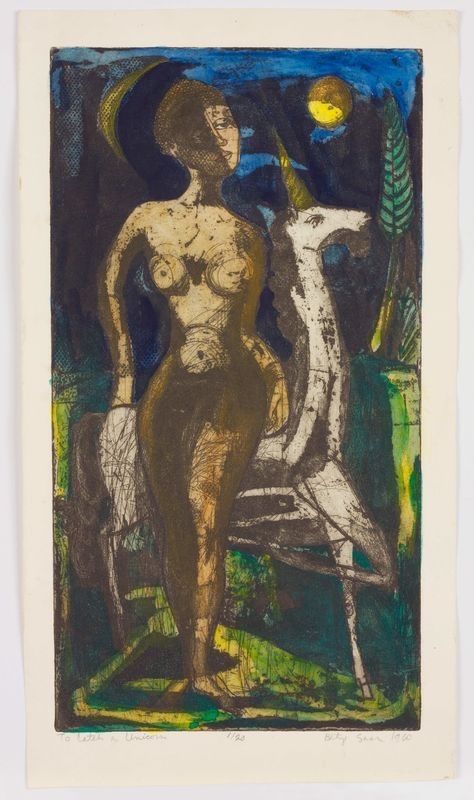
Betye Saar
To Catch a Unicorn
1960
#betye saar#modern art#american art#to catch a unicorn#unicorn#american painter#black artist#african american artists#art history#american art history#1960s art#1960s#1960s history#the 60s
49 notes
·
View notes
Text

Archibald John Motley Jr. Tongues (Holy Rollers). 1929
196 notes
·
View notes
Photo
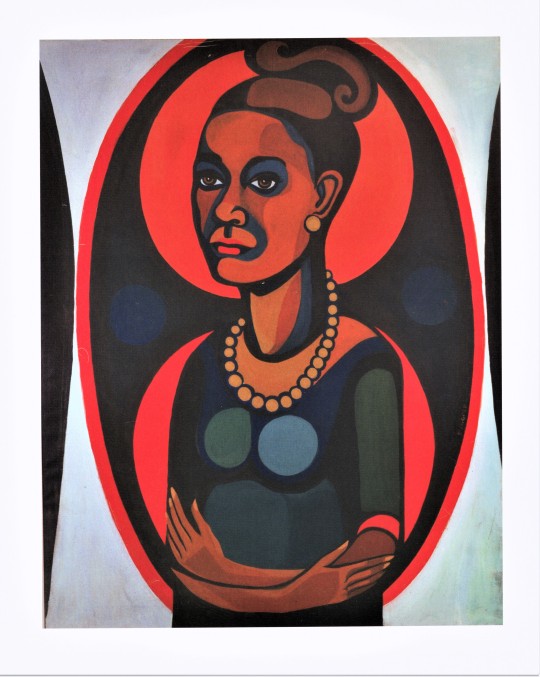
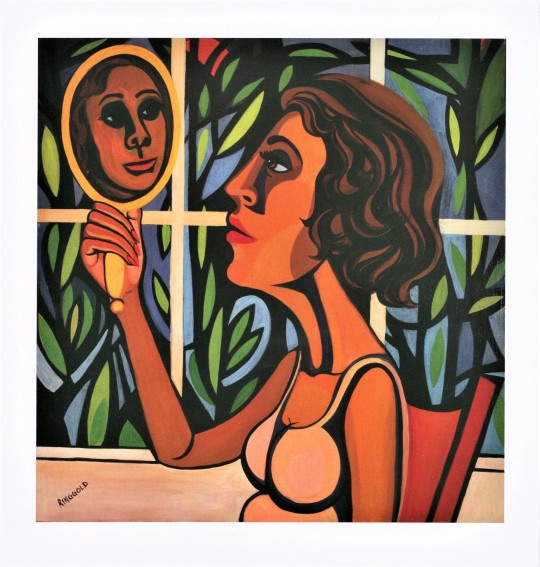
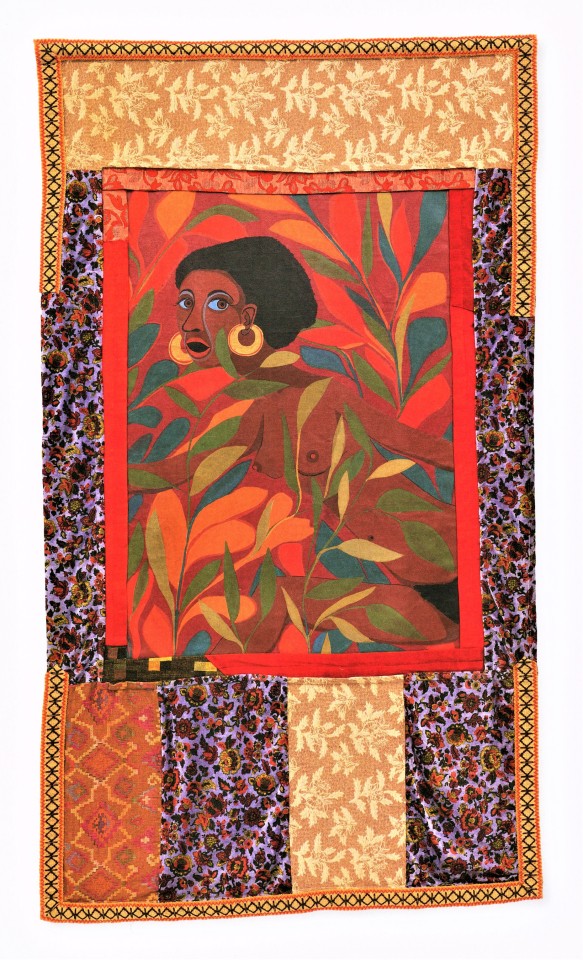
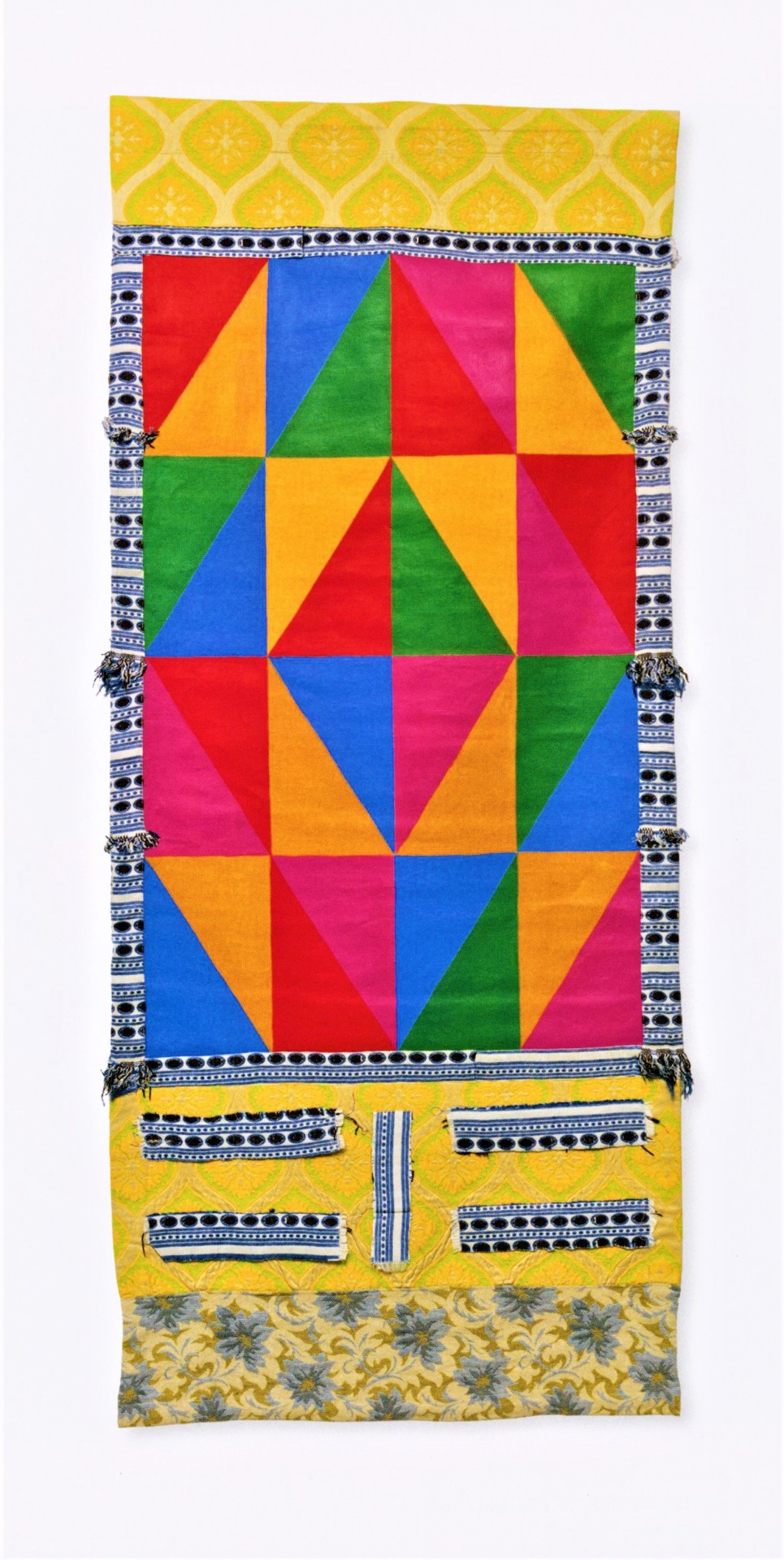
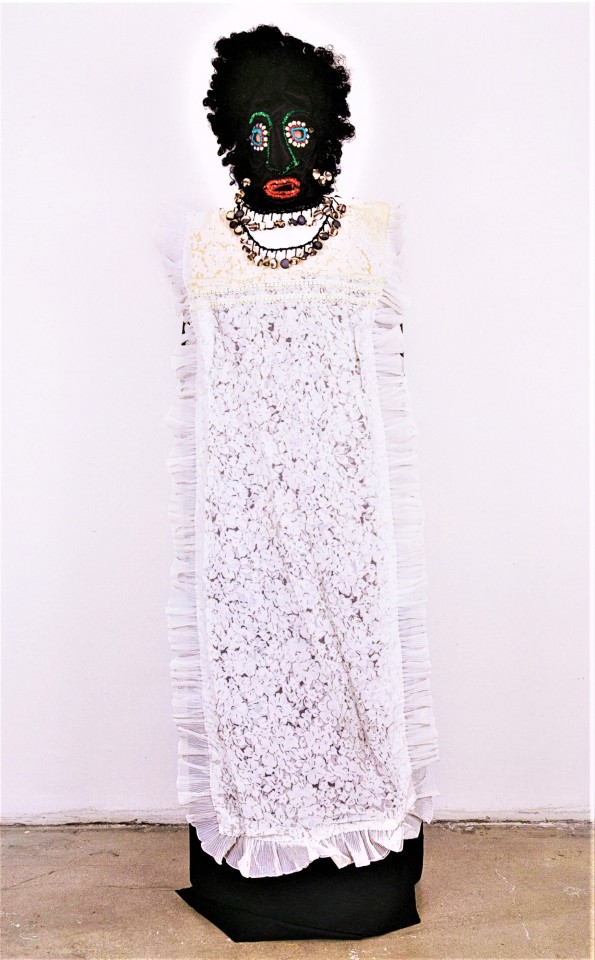
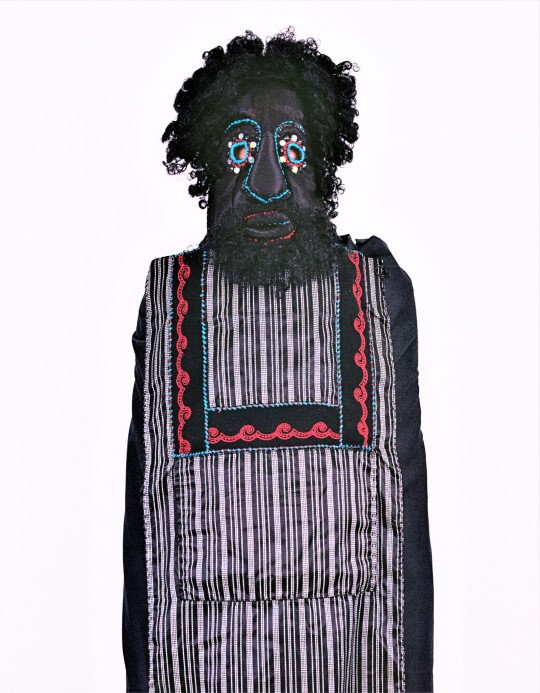

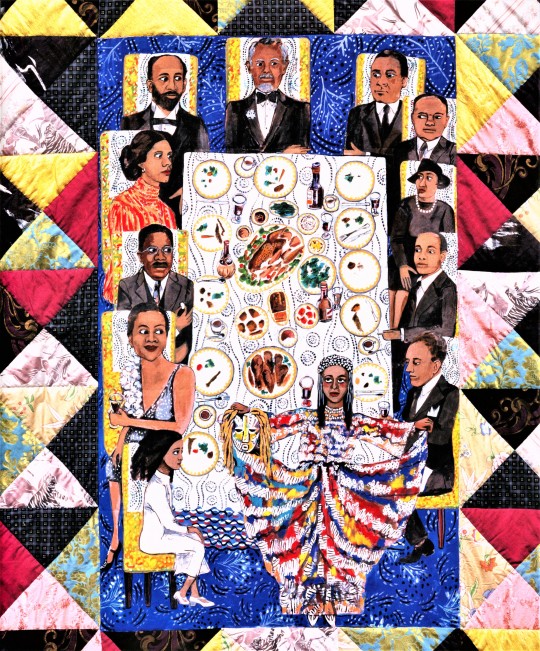
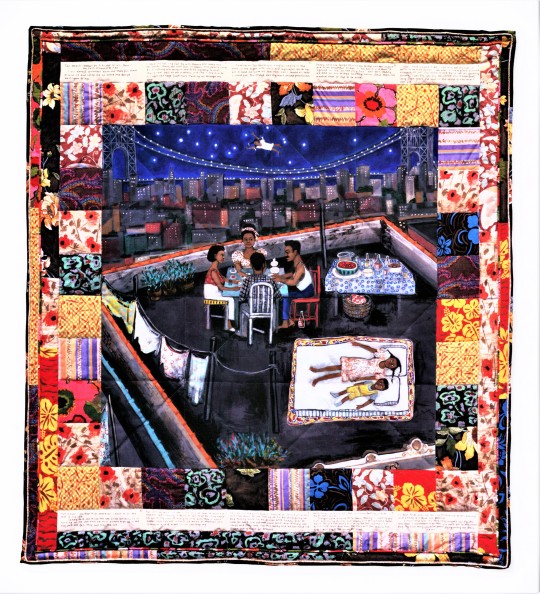

Spotlight: Faith Ringgold
92-year-old Faith Ringgold is arguably one of the most consequential African American artists of her generation, well-known for her paintings, mixed-media sculpture, performance work, and especially for her narrative quilts. A year ago, February 17, 2022, the New Museum in New York opened the retrospective exhibition “Faith Ringgold: American People,” the most comprehensive survey to date of the work of Faith Ringgold, whose groundbreaking art and political activism span more than sixty years.
These images are from the catalog of that exhibition, also titled Faith Ringgold: American People, edited by Massimiliano Gioni and Gary Carrion-Murayari and published in New York by Phaidon Press in 2022. The catalog features 11 essays by prominent writers and an interview with the artist, and covers work from all periods of Ringgold’s career, including her early civil rights-era figurative paintings, her graphic political protest posters, and her signature experimental story quilts.
Click or tap on the images for more detail.

The Flag is Bleeding #2: The American Collection #6, 1997. Acrylic on canvas with painted and pieced fabric. 76 x 79.5 in.
View more Black History Month posts.
#Black History Month#Faith Ringgold#African American artists#Black artists#African American women artists#Black women artists#women artists#Faith Ringgold: American People#exhibitions#exhibition catalogs#retrospective exhibitions#New Museum#Massimiliano Gioni#Gary Carrion-Murayari#Phaidon Press
180 notes
·
View notes
Text
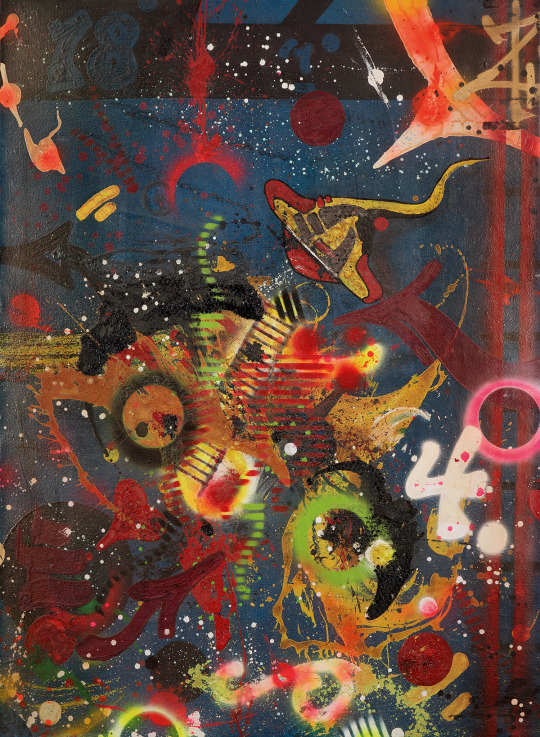
Rammellzee | Green Arrow 1984
#art#artists#abstract paintings#abstract artists#african american artists#graffiti artists#rammellzee#futurism
69 notes
·
View notes
Photo

Fred Wilson, I Saw Othello's Visage in His Mind, 2013, Murano glass, paint, and wood, 64" x 51-1/2" x 7" (162.6 cm x 130.8 cm) © Fred Wilson
Since his Venice installation, Wilson has found inspiration in Shakespeare’s Venetian tragedy Othello. Spoken lines, characters, and stage directions are used as titles, or quoted within works, and express, through fragmentation, historic representations of blackness, notions of loss, the realities of erasure, and the politics of power. Works included in this exhibition—such as I Saw Othello's Visage in His Mind (2013)—exemplify the artist’s ongoing engagement with the decorative arts and the themes of Othello in large-scale mirror. The black mirrors are comprised of highly detailed black Murano glass often in layers, with the mirrors’ verso painted black. This creates a phantom-like reflection that prompts consideration of blackness—and so the complexities of representation and identity—in the viewer as their likeness is blackened upon reflection.
#art#Fred Wilson#I Saw Othello's Visage in His Mind#2013#2010s#Murano glass#black mirror#mirror#blackness#erasure#representation#identity#exhibition#photography#sculpture#glass sculpture#African-American art#African American artists#William Shakespeare#American history#African history#tragedy#play#theatre play#favs
8 notes
·
View notes